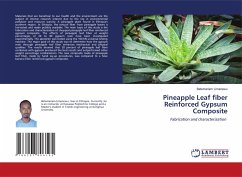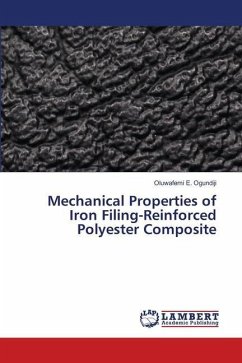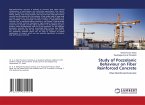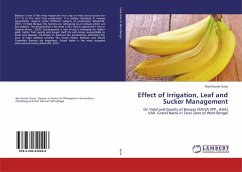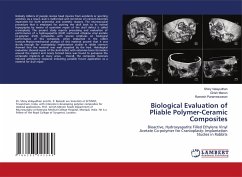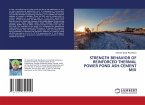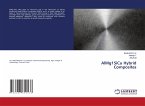Materials that are beneficial to our health and the environment are the subject of intense research interest due to the rise in environmental pollution and resource scarcity. A pineapple plant found in Ethiopia's southern region. In Ethiopia, the natural fiber from pineapple leaves is harvested and made publicly available. The main topic of this study is the fabrication and characterization of chopped pineapple leaf fiber reinforced gypsum composite. The effects of pineapple leaf fiber at weight percentages of 20 to 80 gypsum resin have been investigated experimentally. The specimen was tested using the 100 KN universal testing machine. The major goal of this study was to determine how the gypsum resin through pineapple leaf fiber enhances mechanical and physical qualities. The results showed that 20 percent of pineapple leaf fiber combined with gypsum produced the best results and outperformed other weight percentage combinations. The new composite made of pineapple leaf fiber, made by hand lay-up procedures, was compared to a false banana fiber reinforced gypsum composite.
Bitte wählen Sie Ihr Anliegen aus.
Rechnungen
Retourenschein anfordern
Bestellstatus
Storno

